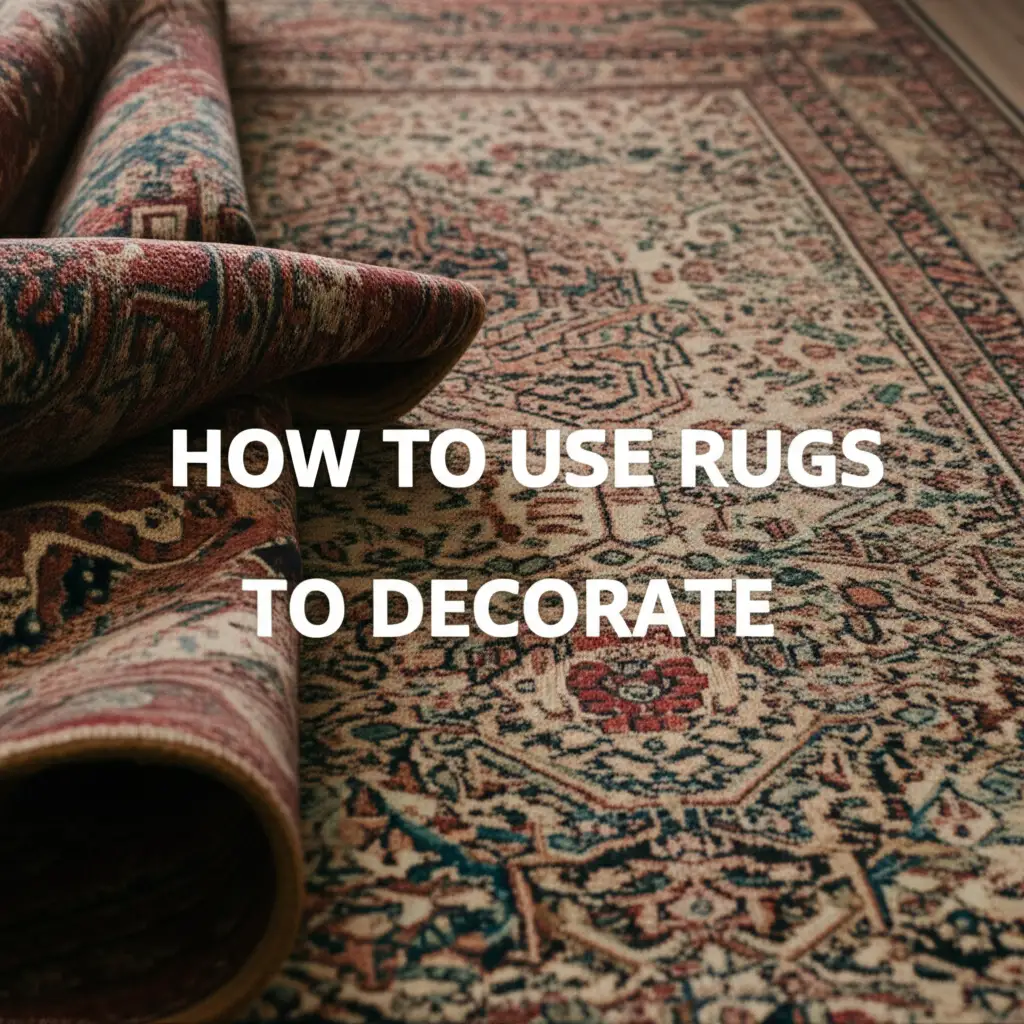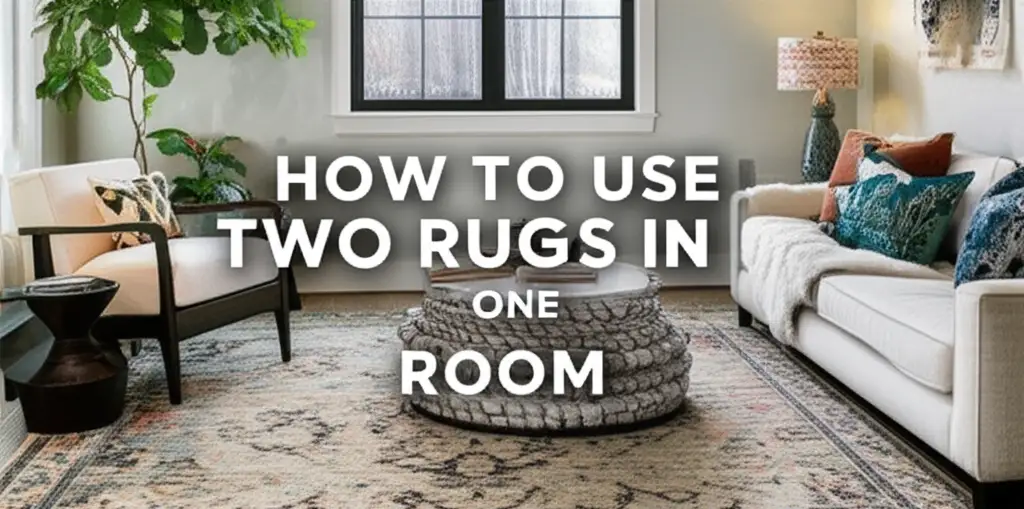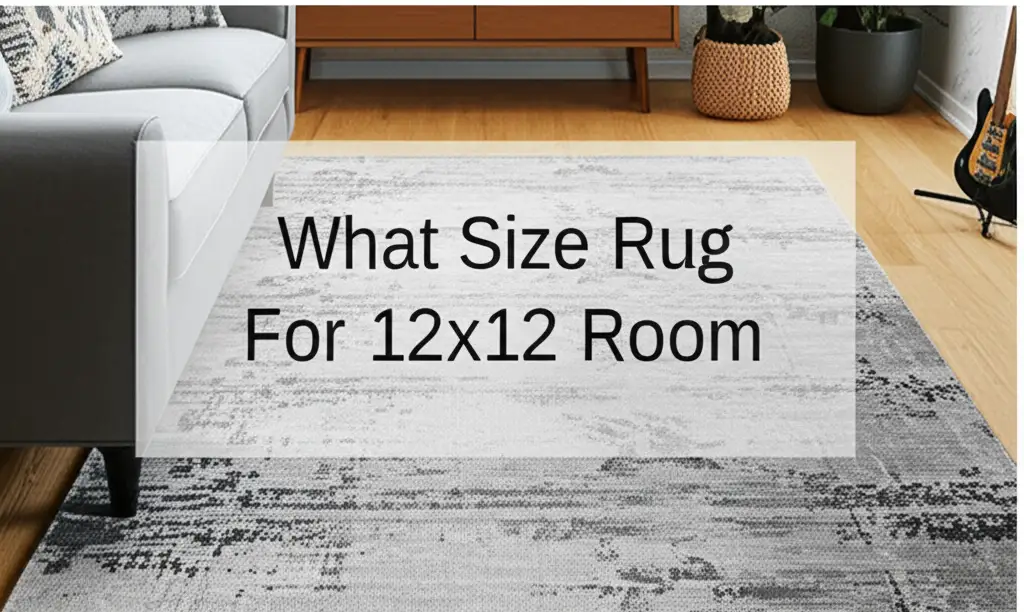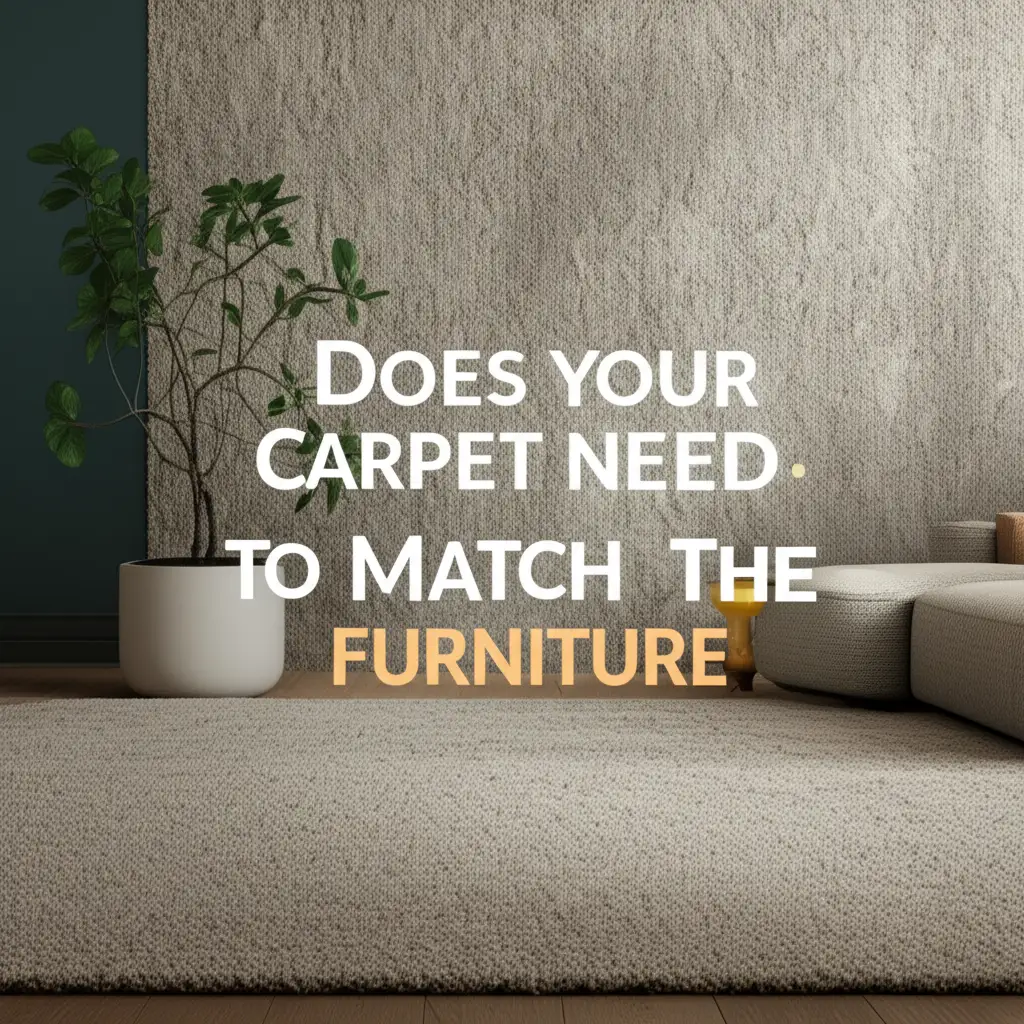· Mason Everett · Home Decor · 14 min read
How To Lay Area Rug Over Plush Carpet
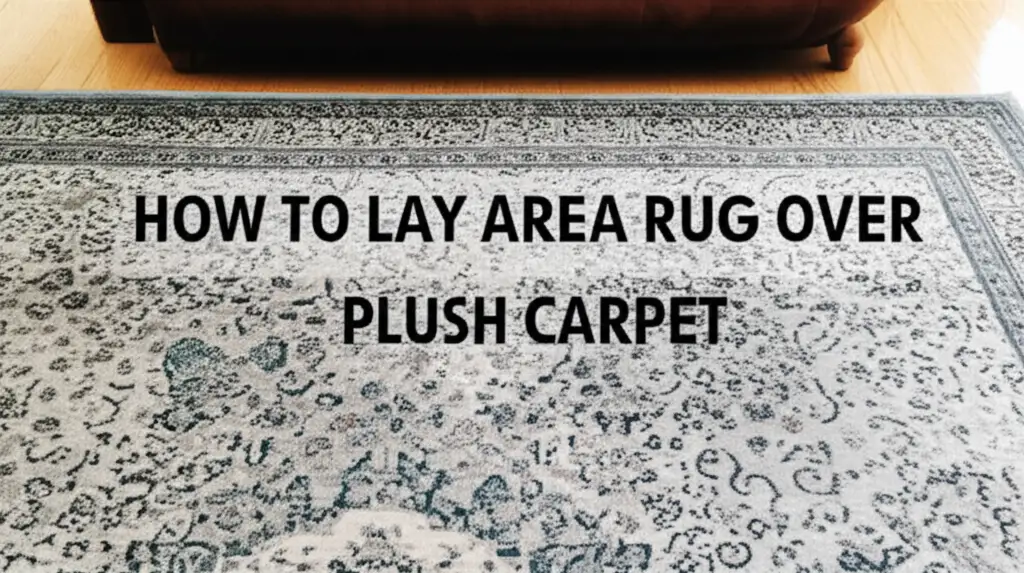
Lay Area Rug Over Plush Carpet: A Guide to Style and Stability
Putting an area rug over plush carpet can transform your room. It adds warmth, texture, and style. Many people want this layered look. However, plush carpet presents a unique challenge for rug placement. The soft, deep pile makes rugs slip or bunch up easily. You need specific steps to achieve a stable and appealing setup. This guide will show you how to properly lay an area rug over plush carpet. We cover choosing the right rug, selecting the best rug pad, and securing your rug. We also give tips for maintenance and troubleshooting.
Takeaway
- Choose a rug with a firm backing and a heavier weight.
- Use a high-quality, dense rug pad specifically for carpet-on-carpet applications.
- Ensure the rug pad covers most of the area rug’s surface, stopping about an inch from the edge.
- Position the rug carefully for design and safety.
- Regularly check and adjust the rug to maintain stability.
Can you put an area rug on plush carpet?
Yes, you can lay an area rug over plush carpet. The key is using the correct rug type and a suitable rug pad. A dense, firm rug pad provides a stable foundation. This prevents the area rug from shifting, bunching, or creating trip hazards on the soft carpet below.
Selecting the Right Area Rug for Plush Carpet
Choosing the correct area rug is the first step. Not every rug works well on plush carpet. Plush carpet has a deep pile. This makes lighter rugs move around easily. You want a rug that can handle this movement.
Consider Rug Weight and Material
Heavier rugs stay in place better. Look for rugs made from wool or jute. These materials often have more weight. A heavier rug will press down into the plush carpet more effectively. This helps create a stable base for the rug. Avoid thin, light rugs. They are more likely to slide or wrinkle. They do not offer enough resistance against the soft carpet fibers.
Look for Backing Type
The rug’s backing also matters. Some rugs have a stiff backing. This stiff backing helps the rug lie flat. It also provides more grip for the rug pad. Avoid rugs with very soft or slick backings. A stiff backing on the area rug can make it easier to place on plush carpet. It provides a good surface for the rug pad to grip.
Pile Height of the Area Rug
Consider the pile height of your area rug. A low-pile area rug works well over plush carpet. It sits flatter. This reduces the chance of tripping. A high-pile area rug over plush carpet can create too much bulk. This makes the surface uneven. It can also cause the top rug to slip more. For more information on rug types, you can explore what type of area rugs are best for carpet.
The Essential Role of a Rug Pad on Plush Carpet
A rug pad is not optional when laying a rug on plush carpet. It is essential. The right rug pad provides stability. It protects both your area rug and the carpet beneath it. Without a proper pad, your rug will shift. It can also wrinkle. This creates trip hazards.
Why a Rug Pad Is Crucial
Plush carpet has long, soft fibers. These fibers move easily. A regular rug pad will not work. It might even make the problem worse. You need a pad designed for carpet-on-carpet applications. This specific type of pad grips the carpet below. It also provides a firm surface for the area rug. This prevents both rugs from sliding.
Types of Rug Pads for Plush Carpet
Look for a dense, firm rug pad. Felt rug pads are a good choice. They are thick and do not compress much. Felt pads add a layer of stability between the rug and the carpet. Some felt pads have a rubber or latex coating on one side. This coating should face the floor. This provides extra grip on the carpet. Avoid open-weave, waffle-style pads. They do not offer enough stability on plush carpet. They allow the rug to sink into the carpet’s pile.
Sizing Your Rug Pad
Your rug pad should be slightly smaller than your area rug. It should stop about one inch from each edge. This allows the rug’s edges to gently slope to the floor. This creates a smooth transition. It also prevents the pad from being seen under the rug. Correct sizing ensures the rug lays flat. It also protects the rug’s edges from wear. You can learn more about how to secure your rug by checking out how to tape an area rug to carpet pad.
Choosing the Right Size and Placement for Your Area Rug
Proper sizing and placement are key to a successful layered look. An incorrectly sized or placed rug can make your room feel off-balance. It can also create safety issues. Consider the size of your room. Think about your furniture arrangement.
Measuring Your Room
Measure the room where you plan to place the rug. Also, measure the area where your furniture sits. This helps you determine the best rug size. You want the rug to define a space. It should not overwhelm the room. A rug that is too small can make the room look fragmented. A rug that is too large can make it feel crowded.
Standard Placement Guidelines
Generally, the area rug should extend under the front legs of your furniture. This anchors the furniture to the rug. It creates a cohesive look. For a living room, this means the front two legs of a sofa or armchairs should rest on the rug. In a dining room, the rug should be large enough for chairs to remain on it when pulled out. This prevents chairs from catching on the rug’s edge. A well-placed rug defines zones within a room. It adds warmth and comfort.
Visual Balance and Flow
Think about how the rug will interact with existing pathways. The rug should not block walkways. It should enhance the flow of the room. Leave some of the plush carpet showing around the edges of the room. This makes the space feel larger. It also integrates the layered look. The rug should look intentional, not just thrown down. For more detailed guidance on sizing and placement, see what proportions for an area rug in a furniture grouping.
Preparing Your Space and Area Rug
Preparation is important for a smooth rug installation. Proper preparation ensures your rug lays flat. It also helps it stay clean. Taking these steps saves time later. It also gives you a better result.
Clean Both Surfaces
First, thoroughly vacuum your plush carpet. Remove any dirt, dust, or debris. A clean surface helps the rug pad grip better. It also prevents dirt from transferring to your new area rug. Next, clean your area rug. If it is new, it might have factory dust. If it is an old rug, it likely needs a deep clean. Cleaning the rug before placing it ensures a fresh start. This also helps reduce allergens in your home.
Acclimatize Your Area Rug
New rugs often come rolled up. They need time to flatten. Unroll your area rug in the room where you will place it. Let it sit for 24-48 hours. This allows the rug fibers to relax. It helps remove any creases or ripples. You can place heavy objects on the corners to speed up the process. Books or furniture legs work well. A flat rug is easier to position. It also looks better.
Inspect Your Plush Carpet
Check your plush carpet for any damage or uneven spots. Repair any major issues before laying the rug. An uneven carpet can make the area rug look crooked. It can also cause the rug to shift. Ensure the carpet is completely dry if you have cleaned it recently. Moisture can damage both the rug pad and the area rug.
Step-by-Step Guide to Laying the Rug
Laying an area rug over plush carpet requires careful steps. Follow these instructions for the best results. A methodical approach ensures stability and a beautiful finish.
Step 1: Position the Rug Pad
Unroll your chosen rug pad. Place it directly on top of the plush carpet. Position the pad where you want the area rug to sit. Remember, the pad should be about one inch smaller than the rug on all sides. This means leaving a one-inch border of carpet around the pad. Make sure the pad lies flat. Smooth out any wrinkles or bumps. Some pads have a specific side for carpet grip. Ensure that side faces down.
Step 2: Place the Area Rug
Carefully unroll the area rug over the positioned rug pad. Start at one end and slowly lay it down. Align the edges of the rug with the border you left for the pad. The rug should completely cover the pad. Ensure it is centered and straight. Take your time with this step. Small adjustments now prevent bigger problems later.
Step 3: Smooth and Adjust
Once the rug is mostly down, walk around it. Gently smooth out any wrinkles or bubbles. Use your hands or feet to push the rug flat. If the rug shifts, carefully lift a section and reposition it. Ensure the rug lies perfectly flat. Check all edges. A flat rug is safer and looks better. It also prevents uneven wear.
Step 4: Anchor with Furniture
Once the rug is in place, position your furniture. Place the front legs of heavy furniture on top of the rug. This helps anchor the rug. The weight of the furniture holds the rug in place. This step is crucial for preventing shifting. It also completes the design of your space. For tips on keeping rugs down, you might find useful information on how to keep a carpet down.
Maintaining Your Layered Rug Setup
Once your area rug is laid, regular maintenance keeps it looking good. It also ensures safety. A well-maintained layered rug system stays stable. It continues to enhance your home’s decor.
Regular Vacuuming
Vacuum your area rug regularly. This removes dirt and dust. It also helps fluff up the pile. When vacuuming, avoid aggressive movements that might shift the rug. Use a gentle setting if your vacuum has one. Lift the vacuum rather than pushing it hard. This helps the rug stay in place. Regular cleaning prevents dirt from embedding deep into the fibers.
Addressing Shifting
Even with a proper rug pad, minor shifting can happen. Check your rug’s position periodically. If you notice any shifting, adjust it. Simply pull the rug back into place. For persistent shifting, you might need to re-evaluate your rug pad. Consider adding more furniture weight. You can also use double-sided carpet tape in a few spots. This tape secures the rug to the pad. Ensure the tape is safe for both your rug and carpet.
Cleaning Spills and Stains
Act quickly on spills. Blot liquids immediately with a clean cloth. Do not rub. Rubbing pushes the stain deeper. For solid spills, scoop them up first. Follow the cleaning instructions for your specific rug material. Different materials require different cleaning methods. Proper cleaning extends your rug’s life. It keeps it looking fresh. Always test cleaning solutions in an inconspicuous area first.
Rotate Your Rug
Rotate your area rug every few months. This prevents uneven wear. Areas under heavy traffic or direct sunlight can fade faster. Rotating the rug helps distribute wear evenly. It keeps the rug looking new for longer. This simple step preserves your investment. It maintains the beauty of your layered look.
Troubleshooting Common Issues
Even with careful planning, you might encounter issues. Knowing how to troubleshoot helps you solve problems quickly. Most issues with area rugs on plush carpet relate to movement or appearance.
The Rug Still Shifts
If your rug moves despite a good pad, check the pad’s density. Is it thick enough? Is it firm enough? A thin or soft pad will not provide enough stability. Replace it with a denser felt pad. Also, ensure the pad is the correct size. If it is too small, the rug’s edges will curl. If it is too large, it might show. Adding furniture on the rug helps. You can also use carpet-on-carpet grippers. These are special adhesives that secure the rug to the pad or carpet.
The Rug Buckles or Wrinkles
Buckling often happens when the rug is too thin or the pad is not firm enough. It can also happen if the rug was not fully flattened before placement. Try pulling the rug taut. Smooth it out again from the center outwards. If the issue persists, the rug pad might be the problem. A pad that compresses too much underfoot can cause buckling. Consider a firmer felt pad. Regular vacuuming can also help prevent small wrinkles from becoming larger buckles.
Edges Curl Up
Curling edges are a common annoyance. This can be due to a poor-quality rug, lack of a rug pad, or humidity changes. If the rug pad does not extend close enough to the edge, it can cause curling. Ensure your rug pad is about one inch smaller than the rug on all sides. You can also try reverse rolling the edge overnight. For stubborn curls, placing heavy objects on the edge for a few days can help. Some rug tapes are also designed for edge curling.
Indentations in Plush Carpet
Heavy rugs or furniture can create indentations in plush carpet. This is normal. To minimize this, vacuum the plush carpet thoroughly before placing the rug. Use a dense rug pad. It helps distribute weight. Rotate your area rug regularly. If indentations appear, try fluffing the carpet fibers with your fingers or a stiff brush. A light mist of water followed by vacuuming can also help lift the fibers.
Static Electricity
Plush carpets and certain rug materials can generate static electricity. This is especially true in dry climates. To reduce static, increase humidity in your room. Use a humidifier. You can also spray an anti-static solution on the rug and carpet. This makes the static less noticeable. Look for sprays specifically designed for carpets and fabrics. They are usually safe and effective.
FAQ Section
Can I put any area rug on plush carpet?
No, not every area rug works well on plush carpet. You should choose heavier rugs with firm backings. Low-pile rugs are generally better than high-pile rugs. This combination helps the rug stay stable. It reduces the chance of it slipping or bunching up.
What type of rug pad works best for plush carpet?
A dense, firm felt rug pad is best for plush carpet. Some felt pads have a rubber or latex coating on one side. This coating should face the floor for added grip. Avoid thin, waffle-style pads. They do not provide enough stability on soft, deep carpet fibers.
How do I stop an area rug from moving on plush carpet?
To stop an area rug from moving, use a thick, firm felt rug pad. Ensure the pad is sized correctly, about an inch smaller than the rug. Anchor the rug by placing furniture legs on top of it. For extra security, you can use double-sided carpet tape between the rug and the pad.
Does a rug pad damage plush carpet?
No, a high-quality rug pad designed for carpet-on-carpet applications should not damage plush carpet. It provides a protective layer. It prevents abrasion and color transfer. Always choose a pad made from safe materials. Avoid pads with harsh adhesives or chemicals.
How often should I clean the area rug on plush carpet?
You should vacuum your area rug weekly to remove surface dirt. For deeper cleaning, follow the manufacturer’s recommendations. This might be every 6-12 months. Promptly blot up any spills. Regular cleaning extends the life and appearance of your rug.
Can I use rug grippers instead of a rug pad on plush carpet?
Rug grippers alone are generally not enough for plush carpet. They do not provide sufficient cushioning or stability. A full-size rug pad offers better protection for both the rug and the carpet. It also prevents the rug from sinking into the plush pile.
Conclusion
Laying an area rug over plush carpet creates a stylish and comfortable space. It adds texture and defines areas. The key to success is careful planning. You must choose the right area rug, selecting a suitable rug pad, and ensuring proper placement. Remember to pick a heavier rug with a firm backing. Always use a dense felt rug pad designed for carpet. This pad stops the rug from shifting. It also protects your carpet. Place your rug carefully and anchor it with furniture. Regular maintenance keeps your layered setup looking great. It also ensures it remains safe for everyone. With these tips, you can enjoy your beautiful, stable layered rug for years. Embrace the warmth and style an area rug brings to your plush carpeted rooms.


